Bob Thall
Downtown Chicago
1977–2010
[…]
Chicago is a huge city, roughly thirty miles long by ten miles wide. Until I started college I knew my own little neighborhood (Rogers Park), a strip along the lake, and the eastern part of downtown. The rest of Chicago – the vast, flat, lakebed expanse of the city to the south and west – was totally unknown to me. It’s not surprising that the places Saul Bellow describes in his novels seem rather foreign to me; his characters live on the South Side of Chicago, and I have lived my life on the North Side.
I started photographing the physical city in 1971. At first I concentrated on vernacular architecture in several residential neighborhoods: Pilsen, Bridgeport, and Uptown. I began photographing the central downtown area in 1972, and that soon became the main focus of my work.
Only recently have I realized how fortunate I was to stumble on such a rich endeavor. I was lucky because the everyday landscape is a fundamental issue in our lives, worthy of the closest attention. And I was lucky because to me Chicago is the paradigm of the modern American city.
Chicago was founded at the portage site between the Great Lakes and the rivers to the west, but topography was rarely acknowledged in the city’s design. The rectangular grid system of streets derives from the federal land ordinances of 1785 and 1787 that divided unsettled parts of the Old Northwest (today’s Middle West) into square-mile sections. Almost all Chicago streets run exactly north-south or east-west. Each mile from State and Madison streets there is major avenue, with slightly less important thoroughfares at half-mile and quarter-mile intervals. There are several low ridges in Chicago (prehistoric beaches from a larger Lake Michigan), but generally the layout of the city is as flat and rational as a huge sheet of graph paper.
[…]
The photographs in this book provide only modest insight into the complicated forces that shape the physical landscape of Chicago or any city: economic cycles, zoning laws, political dramas, racial conflicts, the personalities of the movers and shakers. These forces operate too far beneath the surface for a topographical photograph to describe them. But the medium of photography is nonetheless very good at capturing and structuring visual epiphanies and a sense of place. Moments of light and space (beauty is perhaps the only word that can describe these small visual events) can be frozen and concentrated on four-by-five sheets of film. Though they may seem trivial compared with the immediate problems of daily life, or even the complicated task of negotiating downtown streets, the medium effectively argues for the importance of these small visual occasions that, cumulatively, make a place a place.
My photographic interests have varied over the years, and the work in this book reflects a series of projects. One year, for example, I was particularly obsessed with radical changes of scale. Another year I tried to make photographs that described the course of demolition and construction. At times I was concerned with light, the unexpected play of scale, small open spaces within the city, the historical narrative incised on the surface of buildings, or the possibility of different picture structures for an urban landscape. These investigations were part of a larger attempt to distill the visual qualities of an archetypal American city. When I began to review, edit, and sequence these photographs I was confronted with a record of urban transformation, an evolution I could not have anticipated twenty-one years ago when I began the project. I decided to organize this set of photographs around that notion of change.
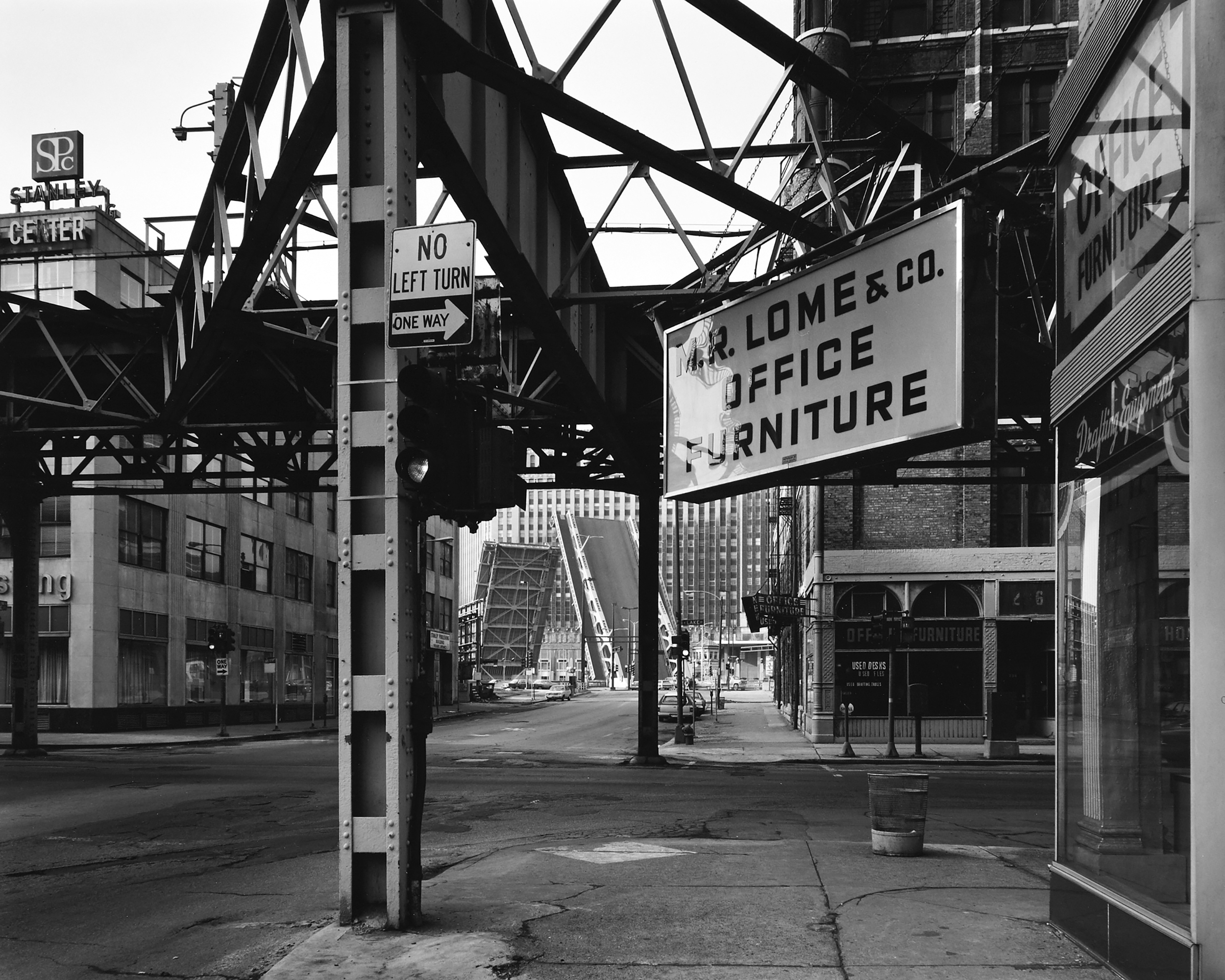
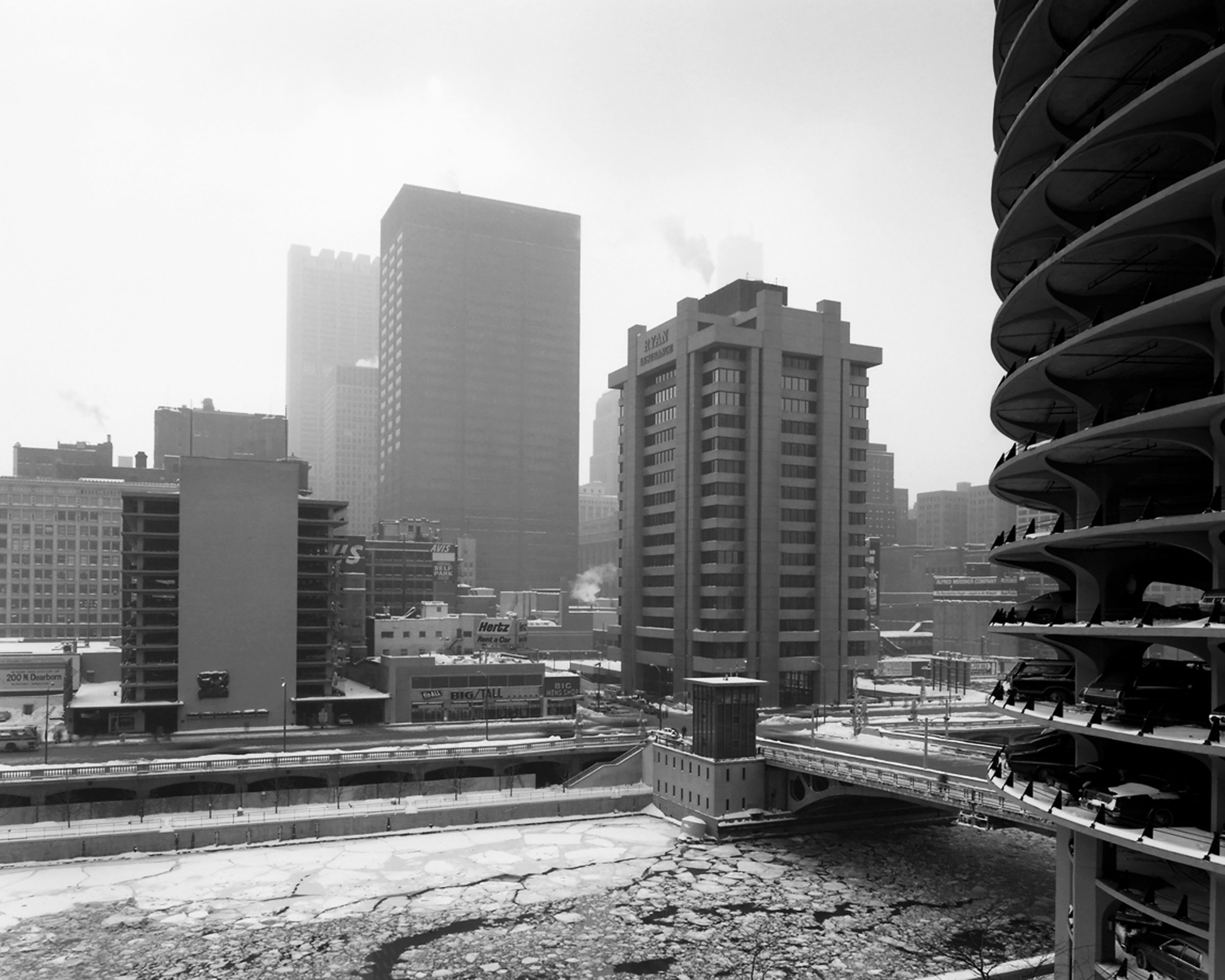
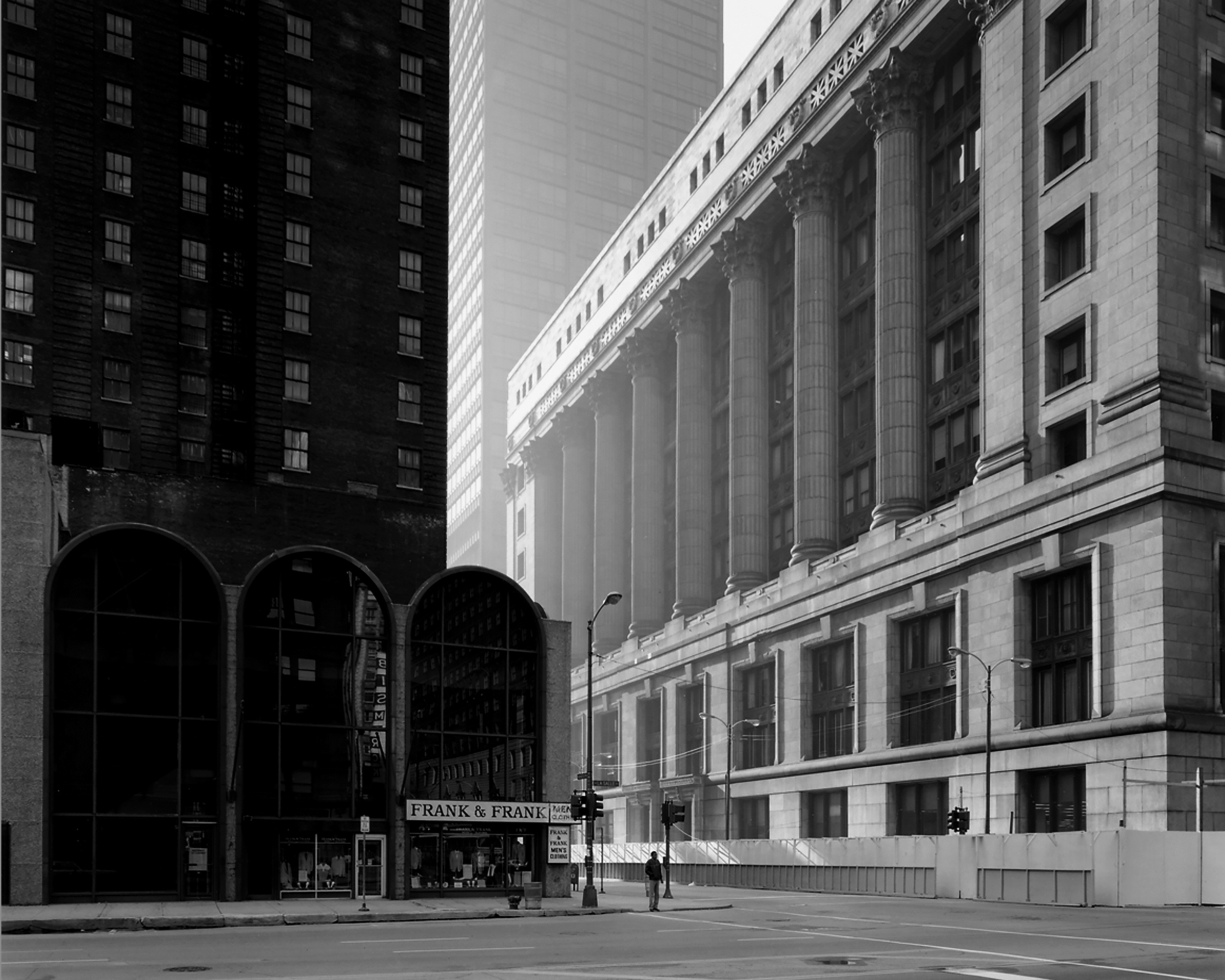
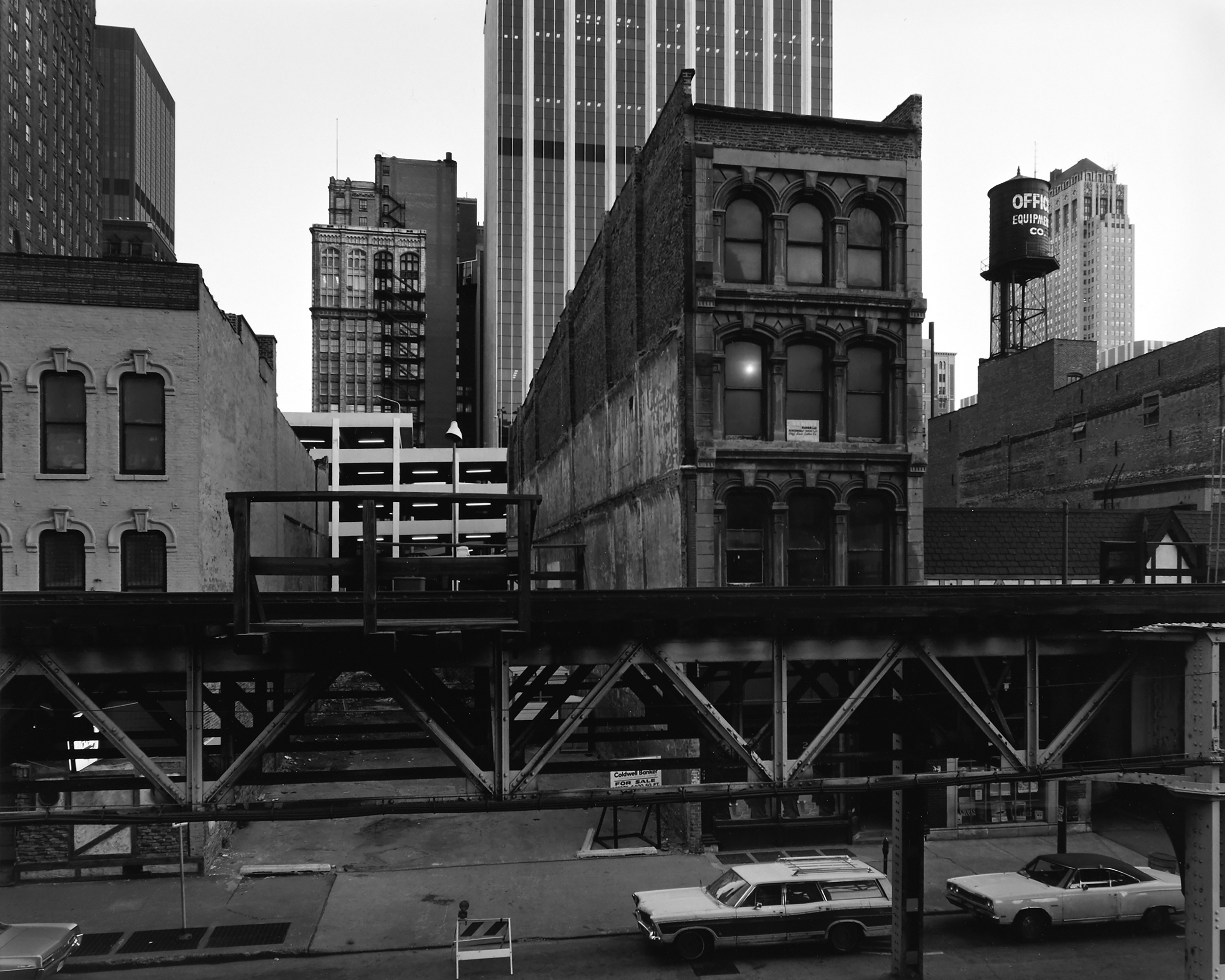
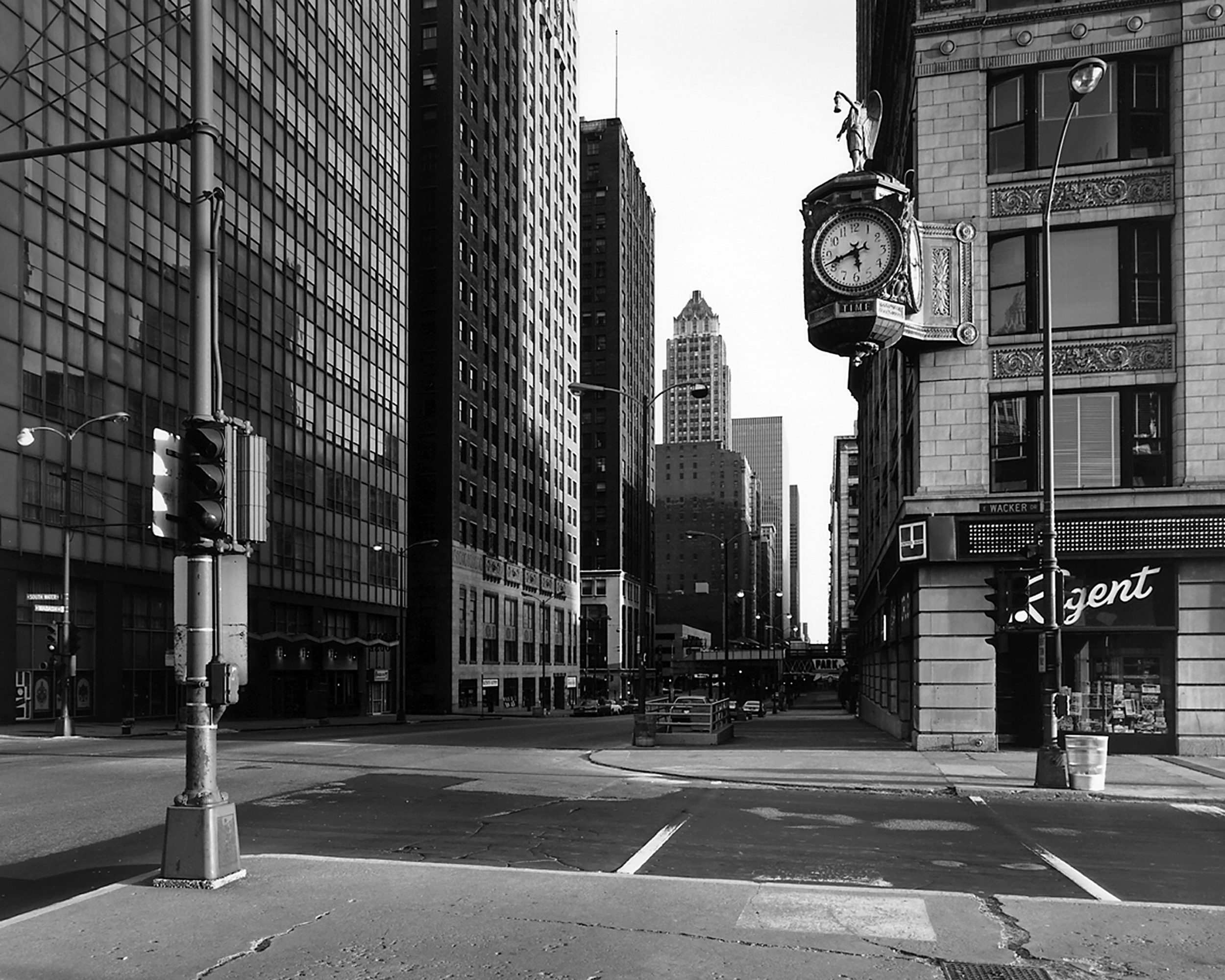
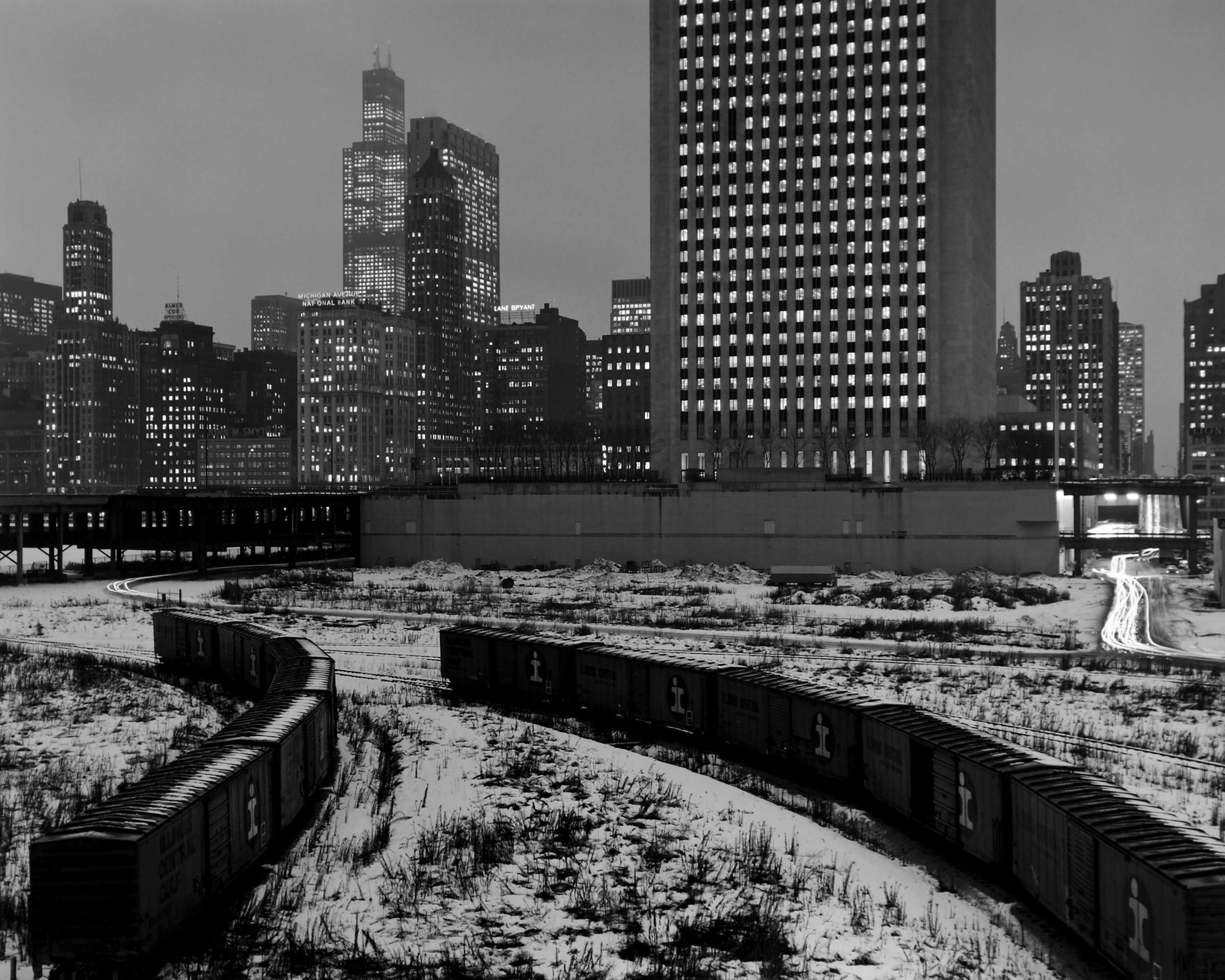
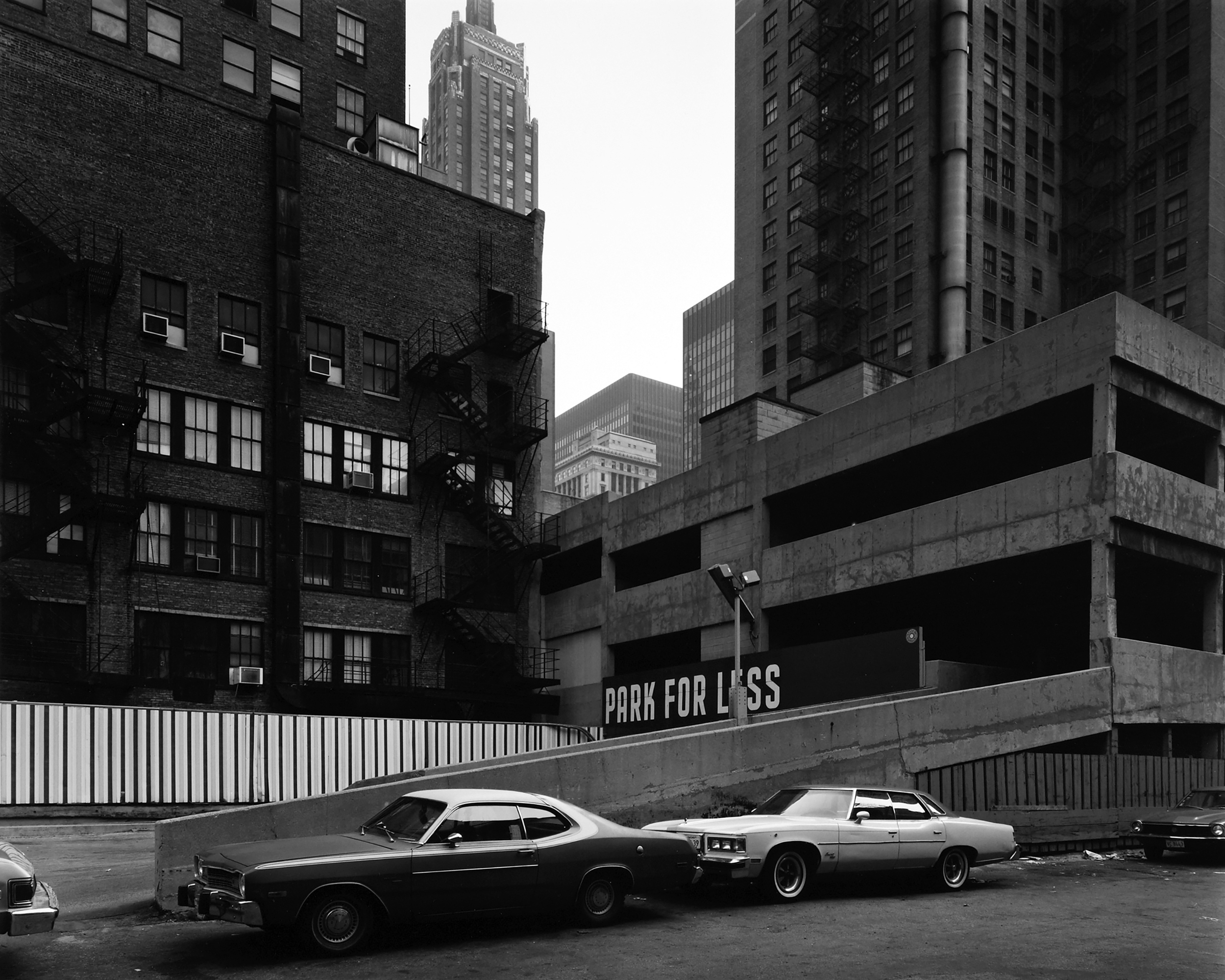
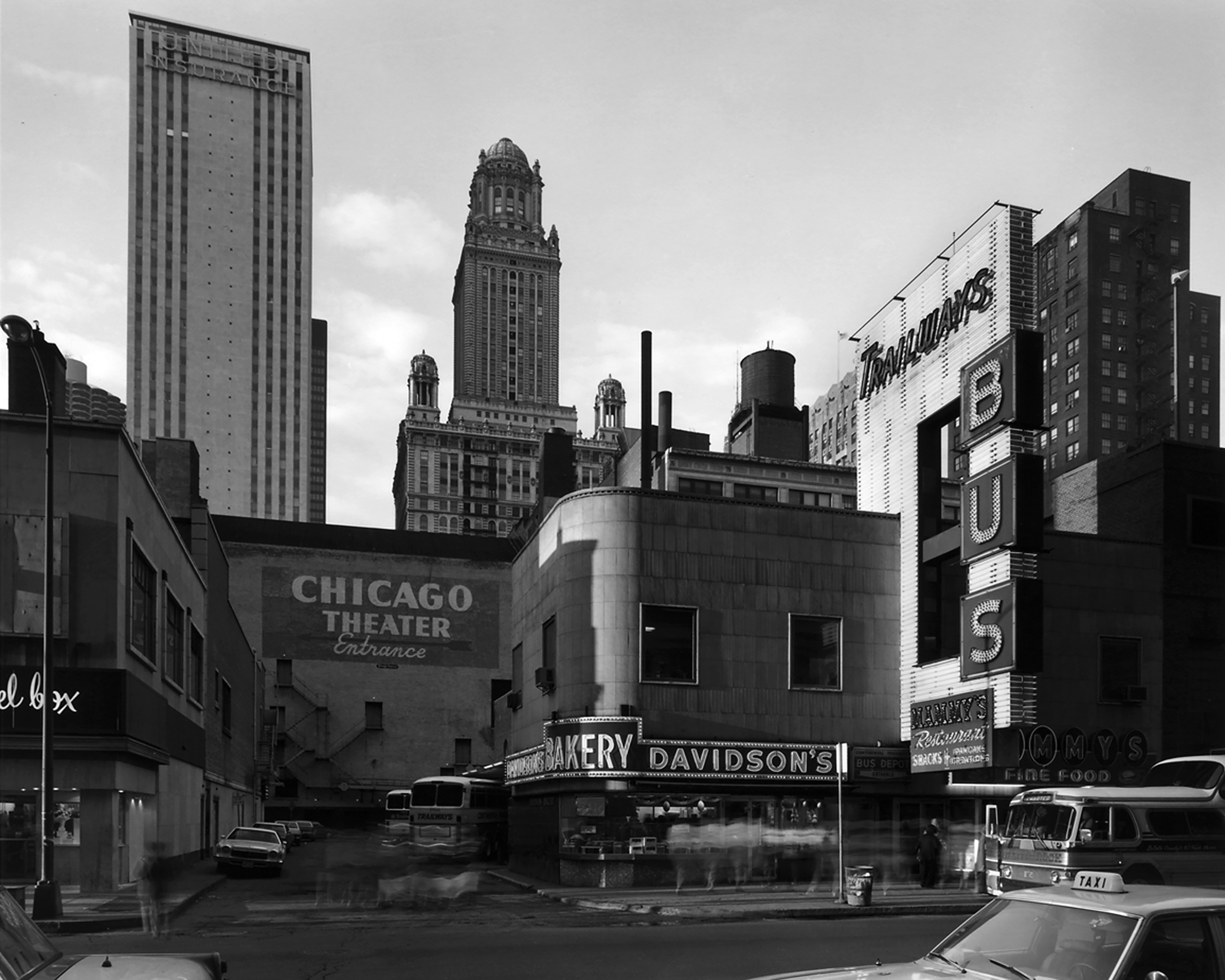
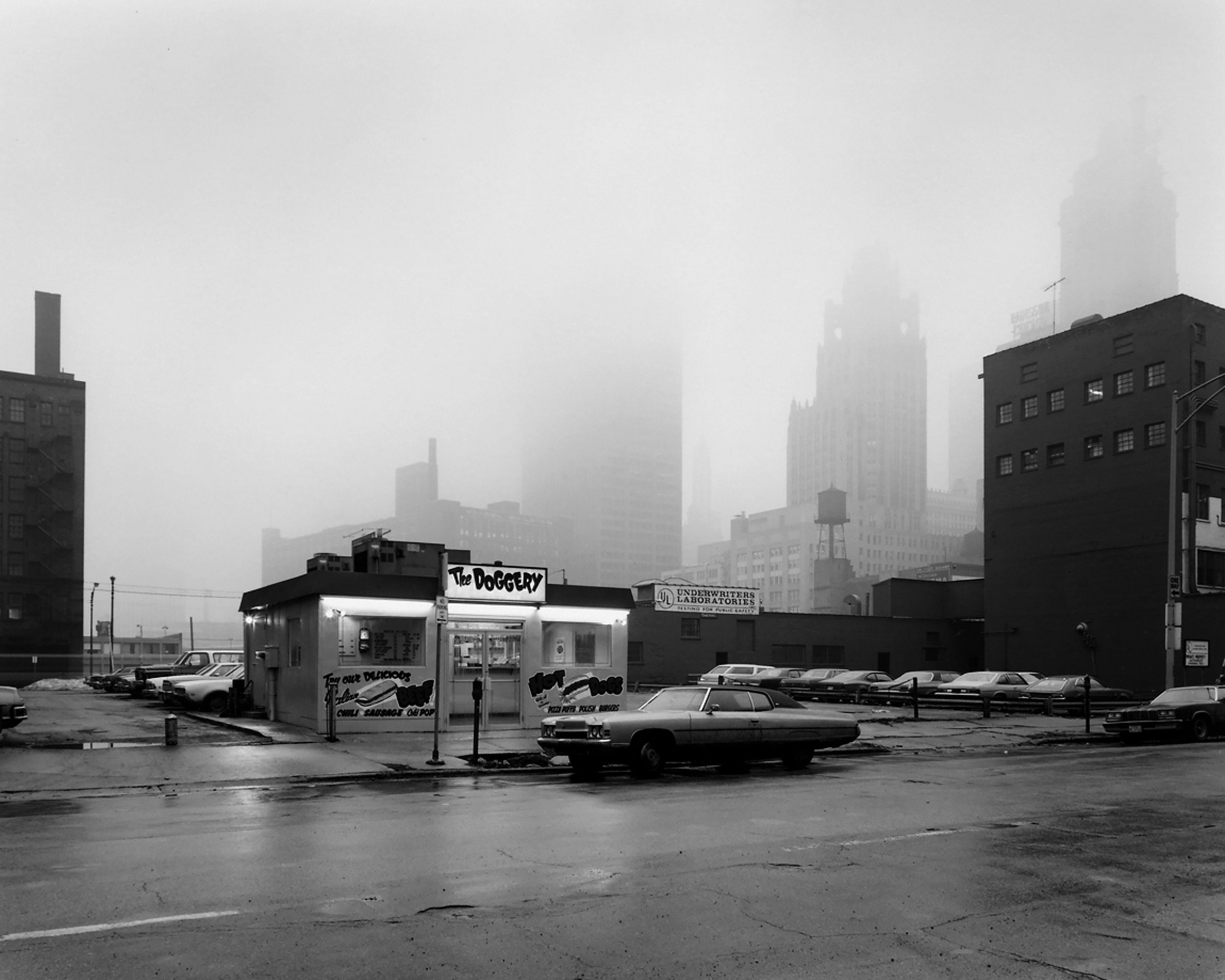
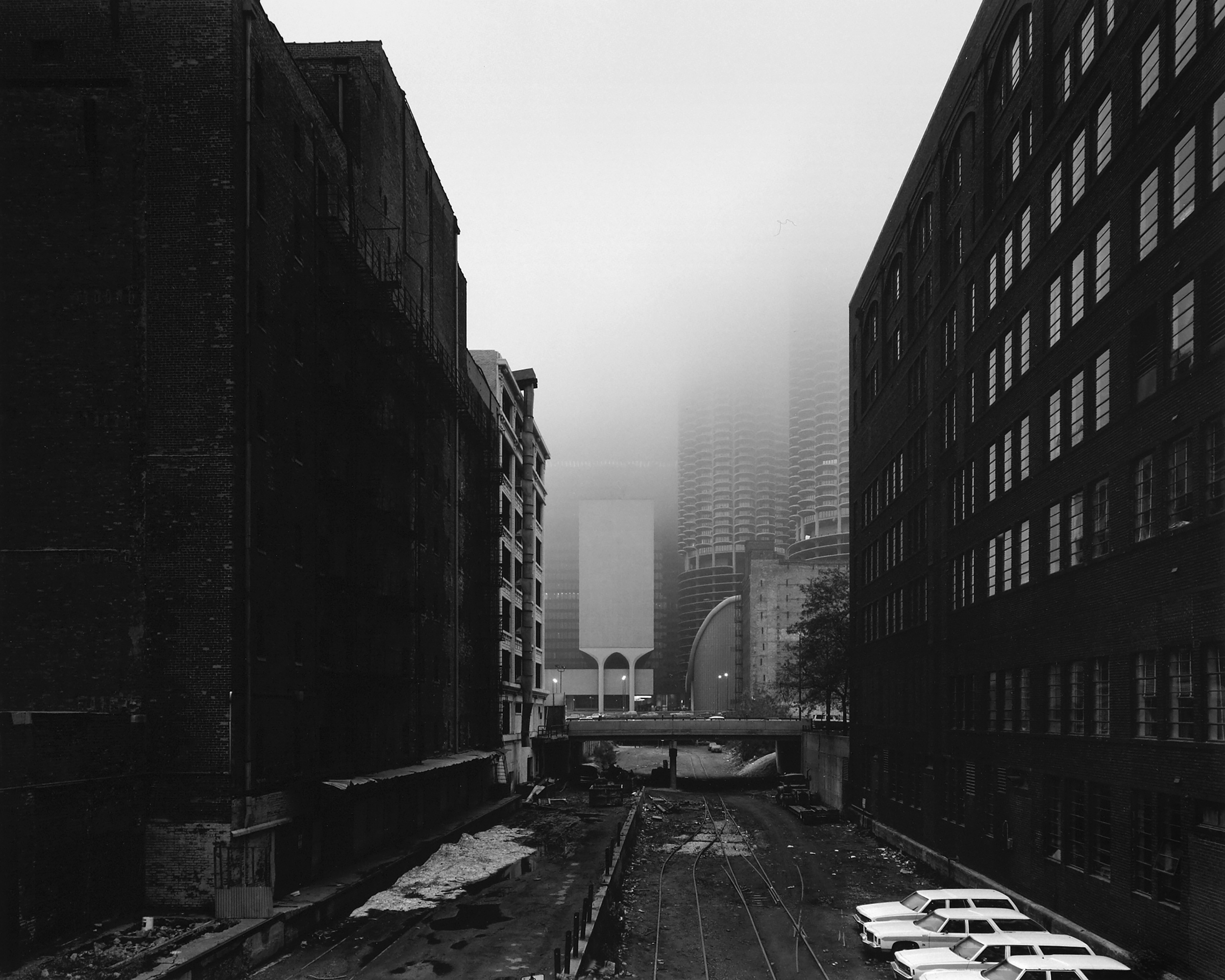
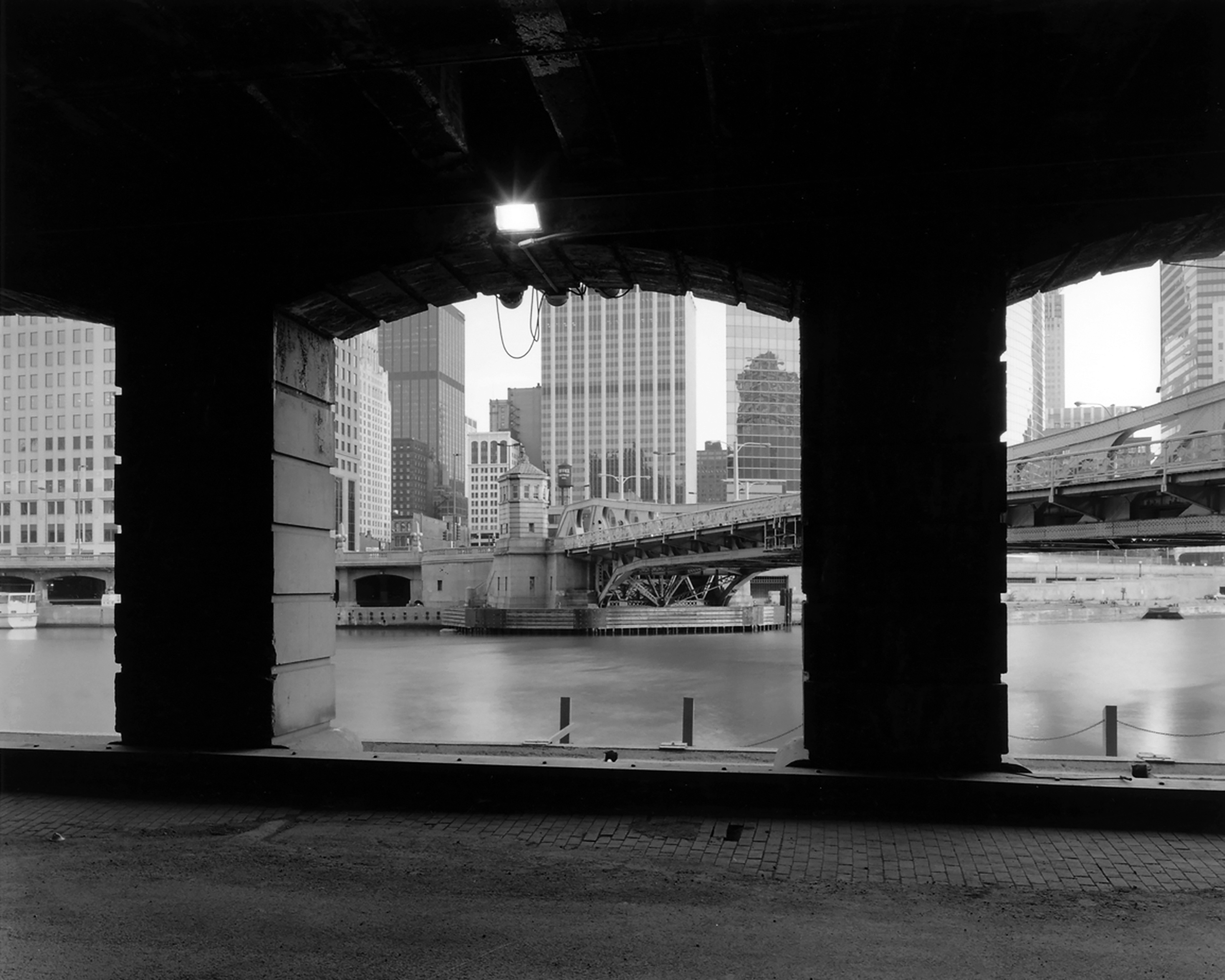
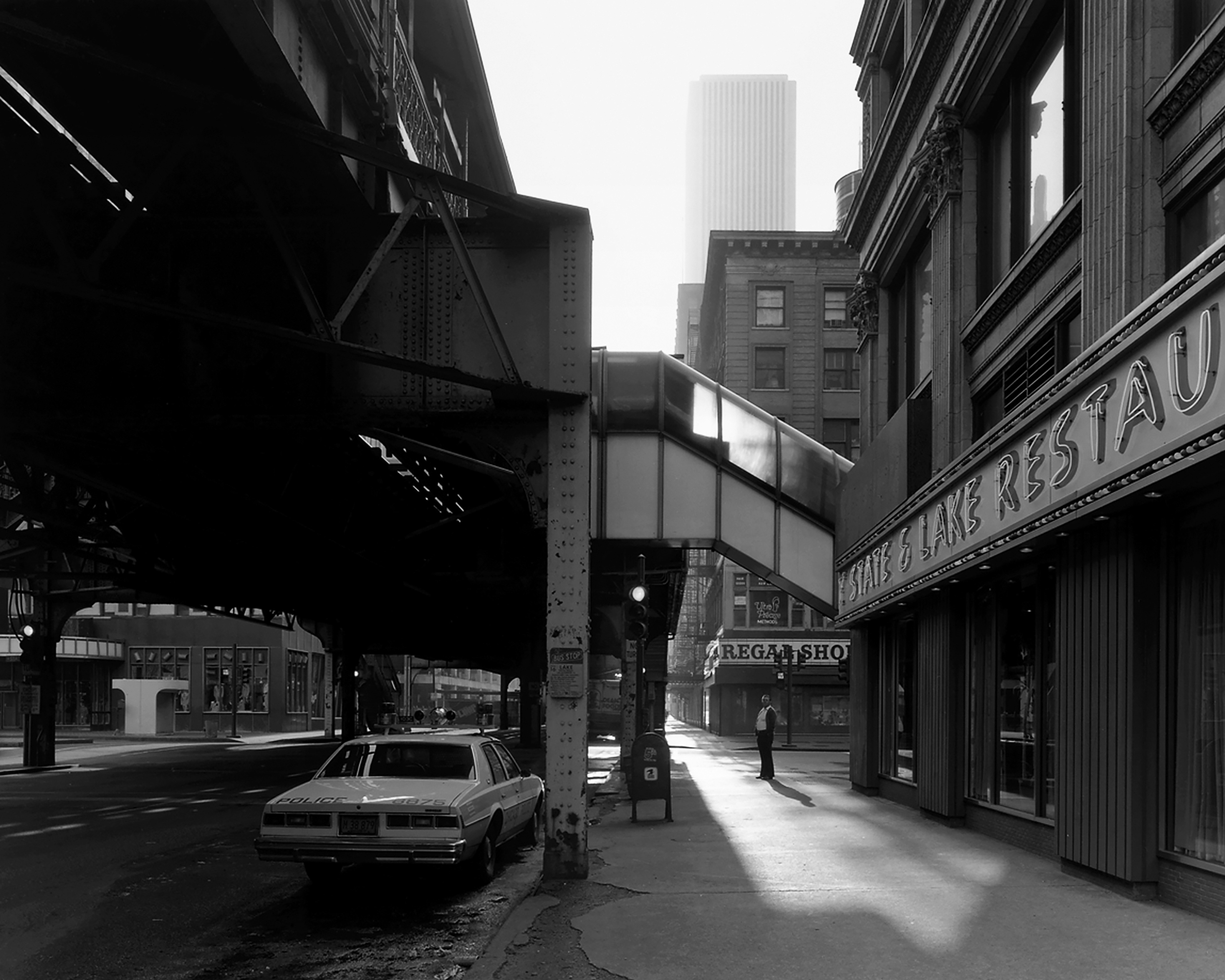
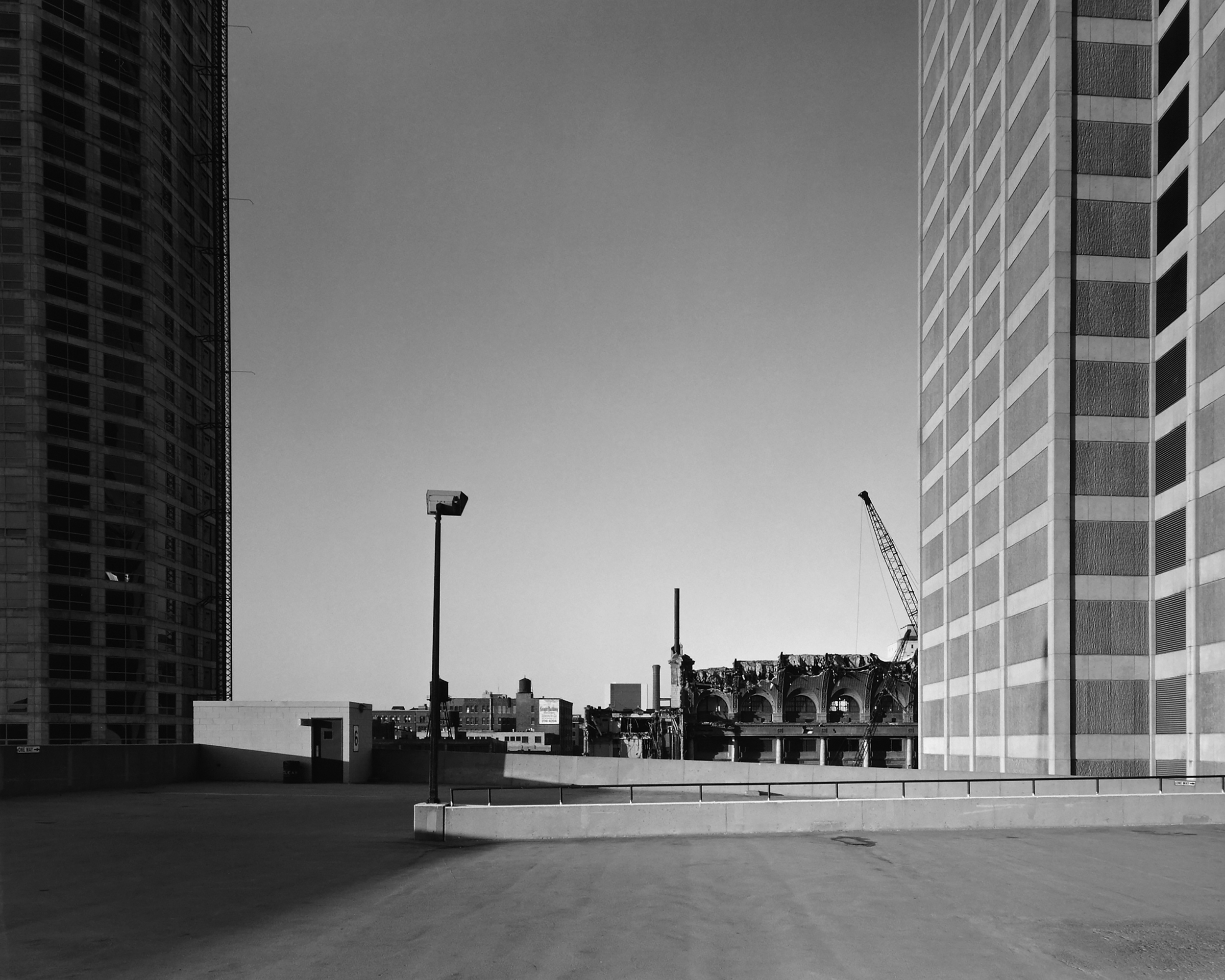
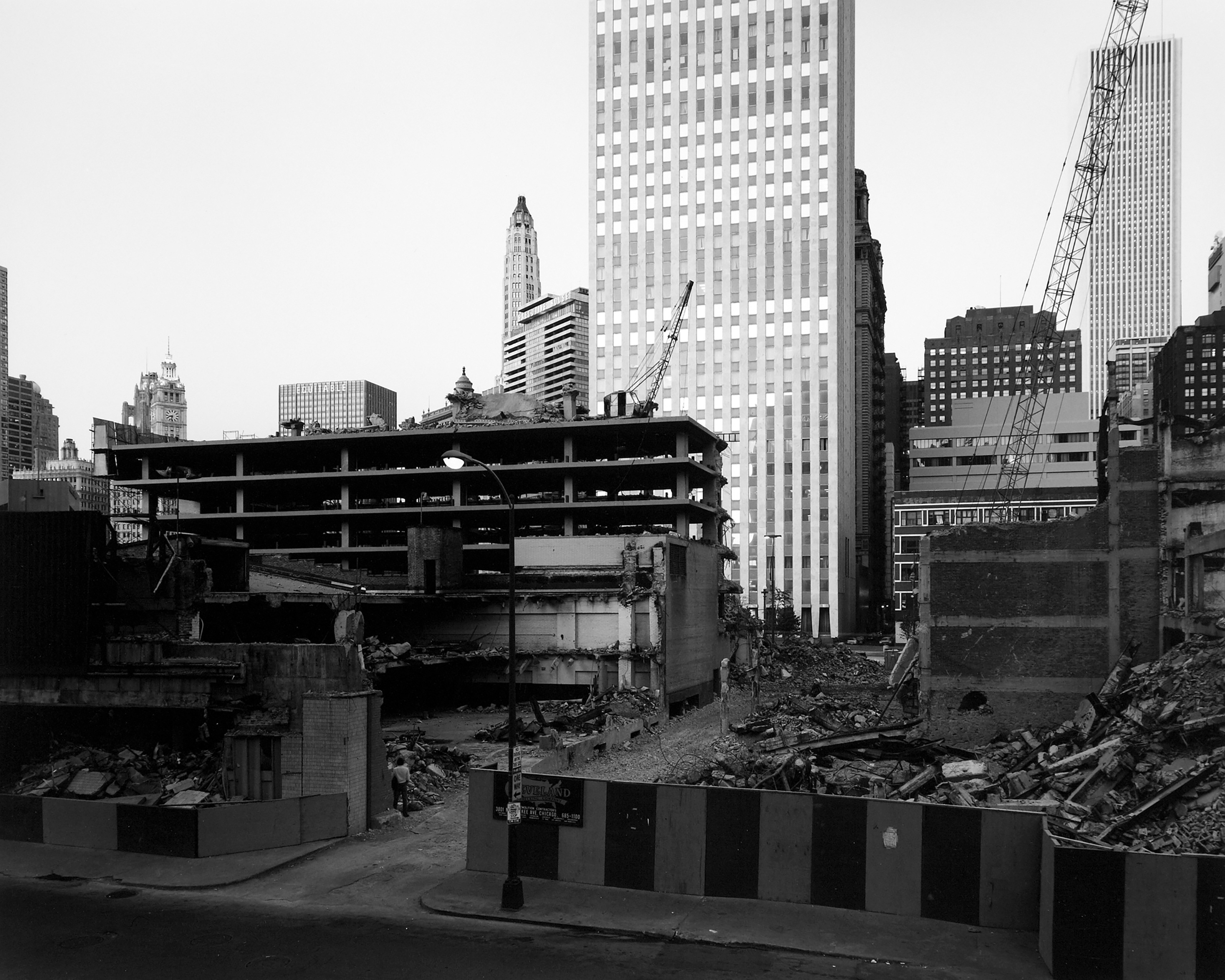
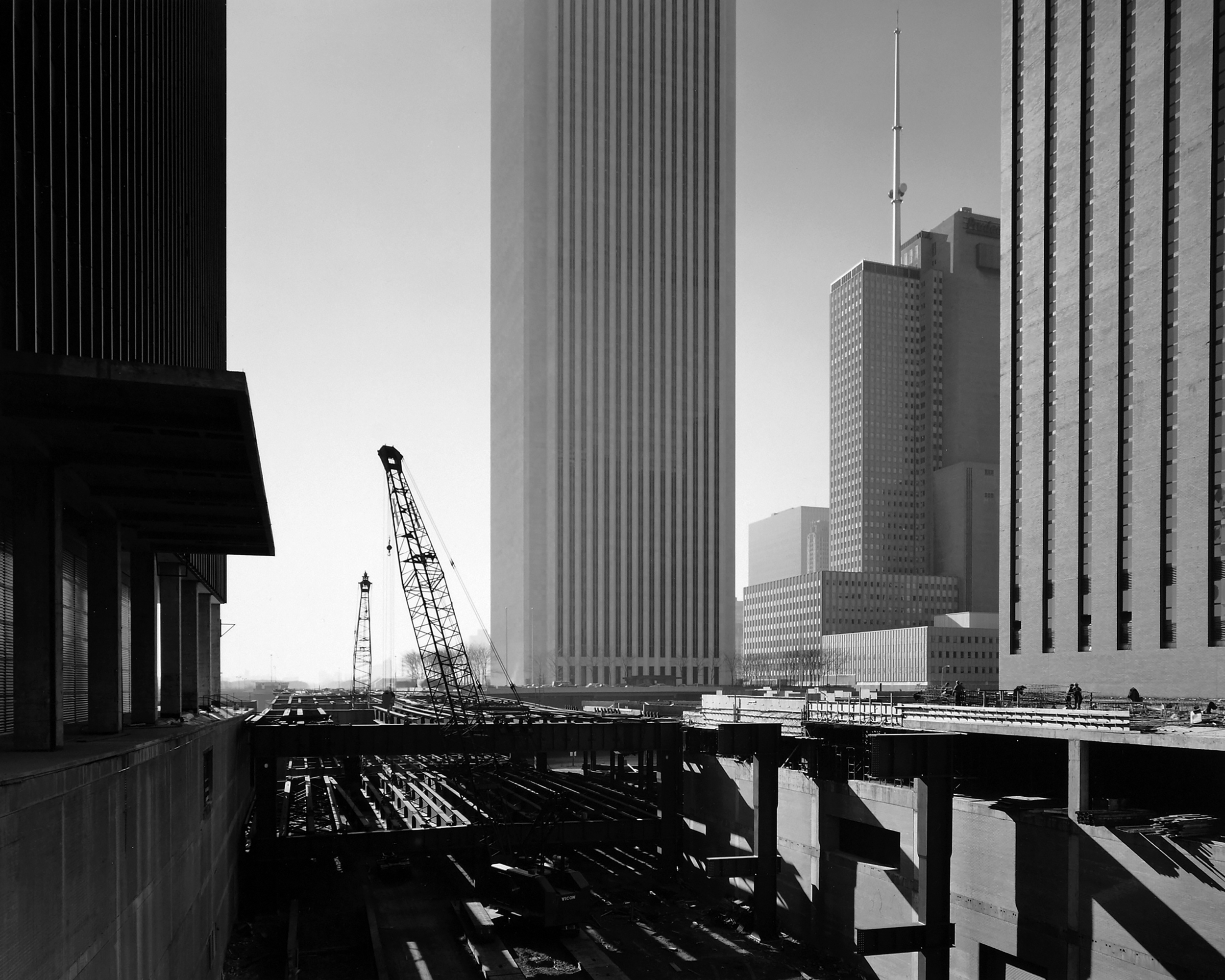
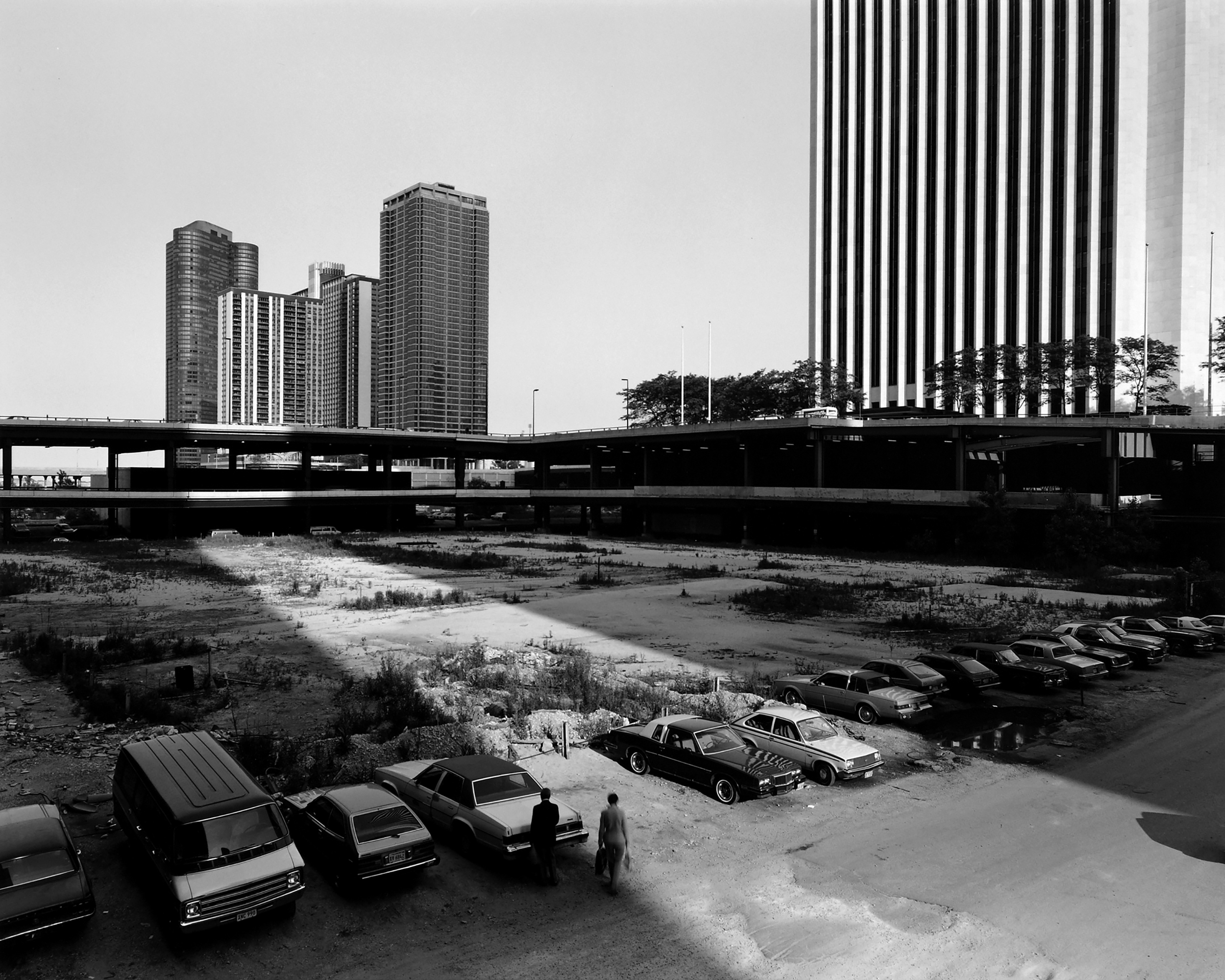
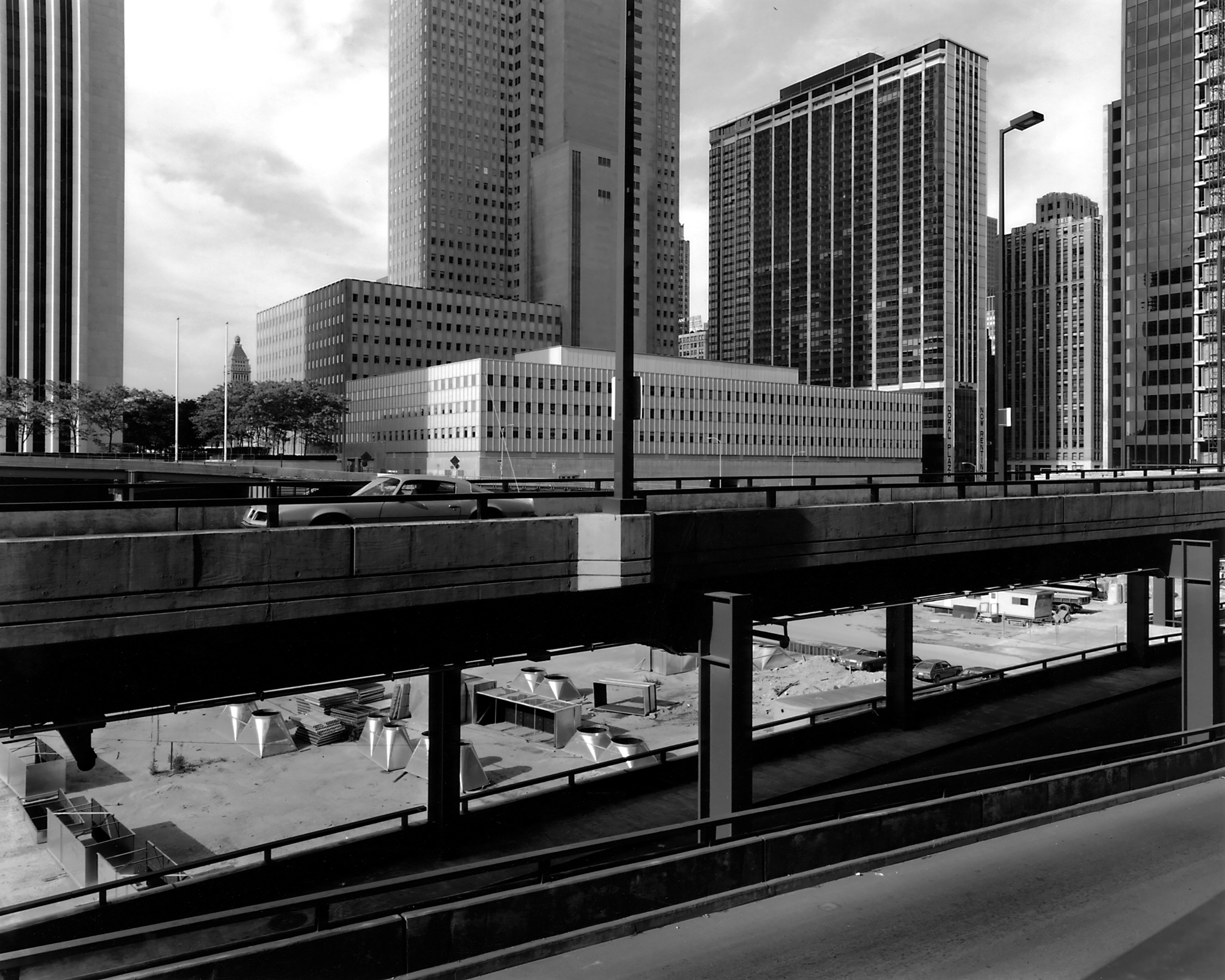
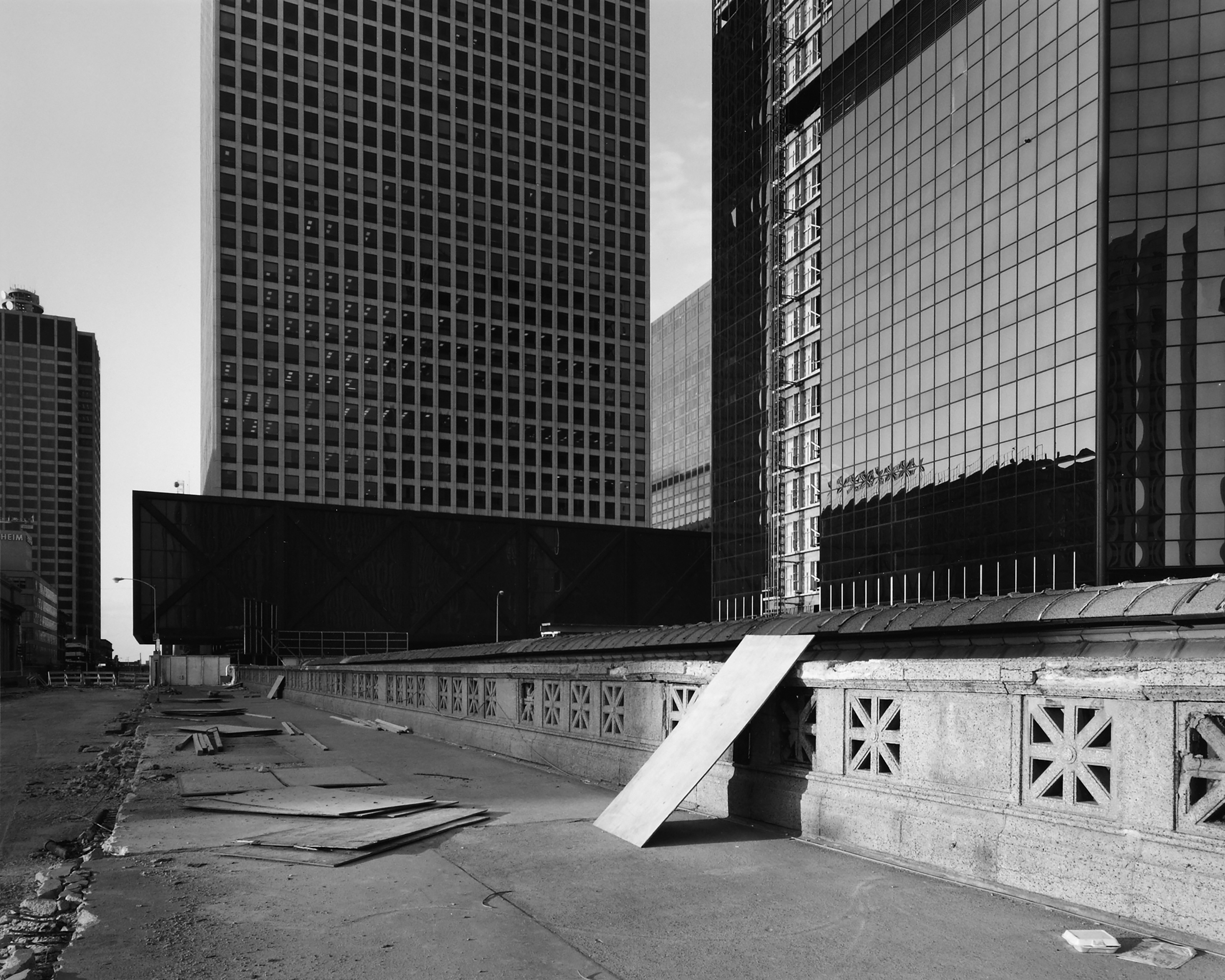
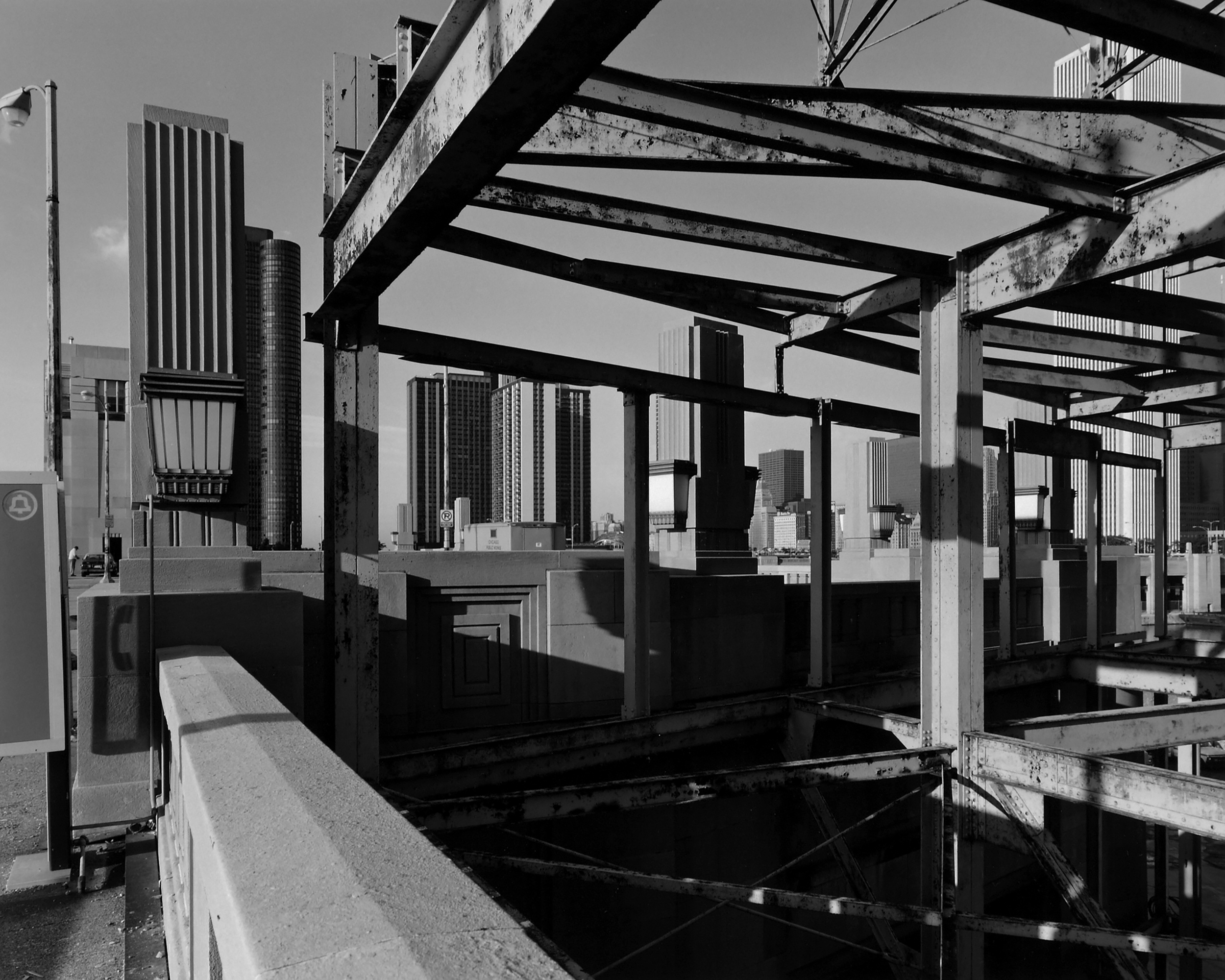
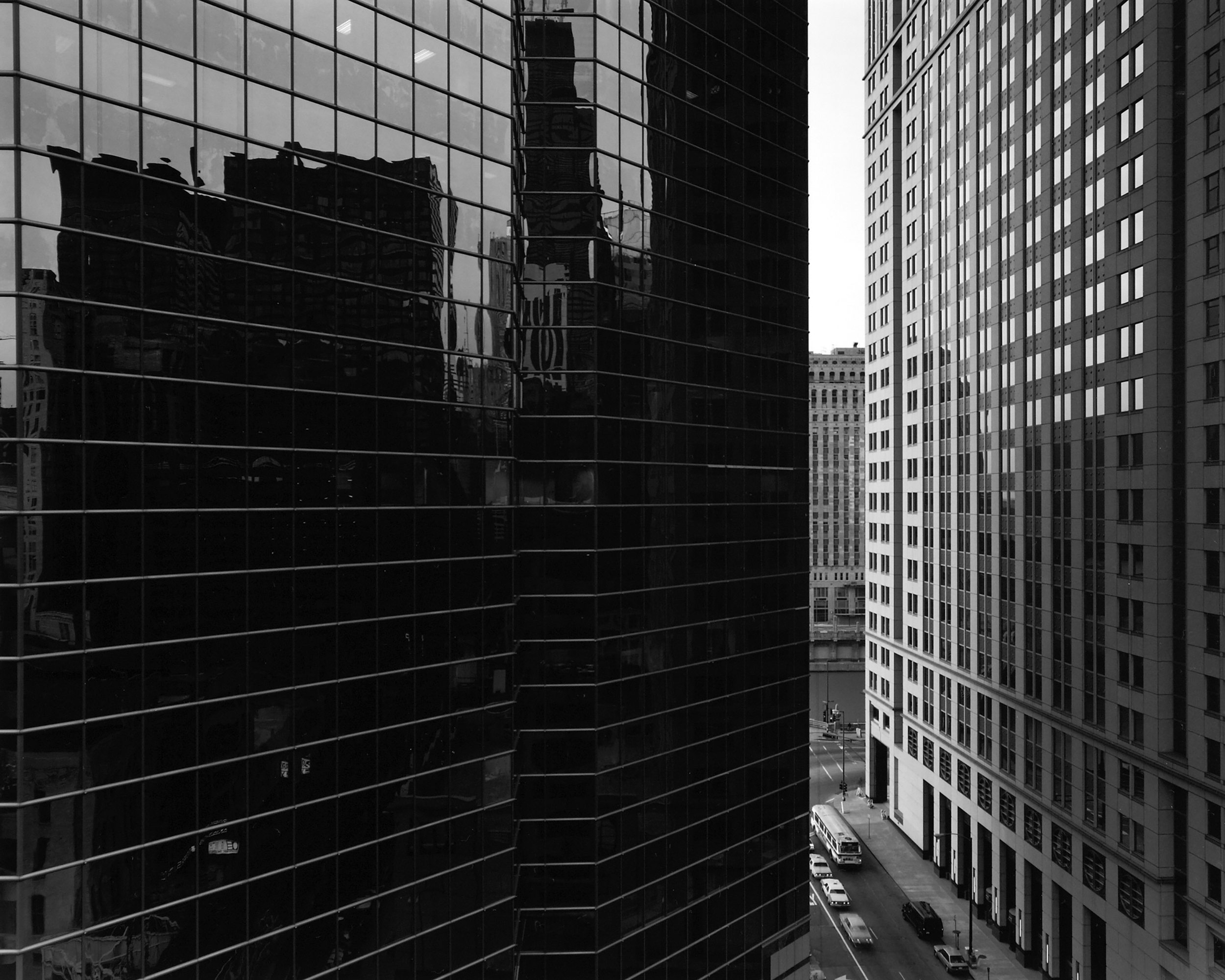
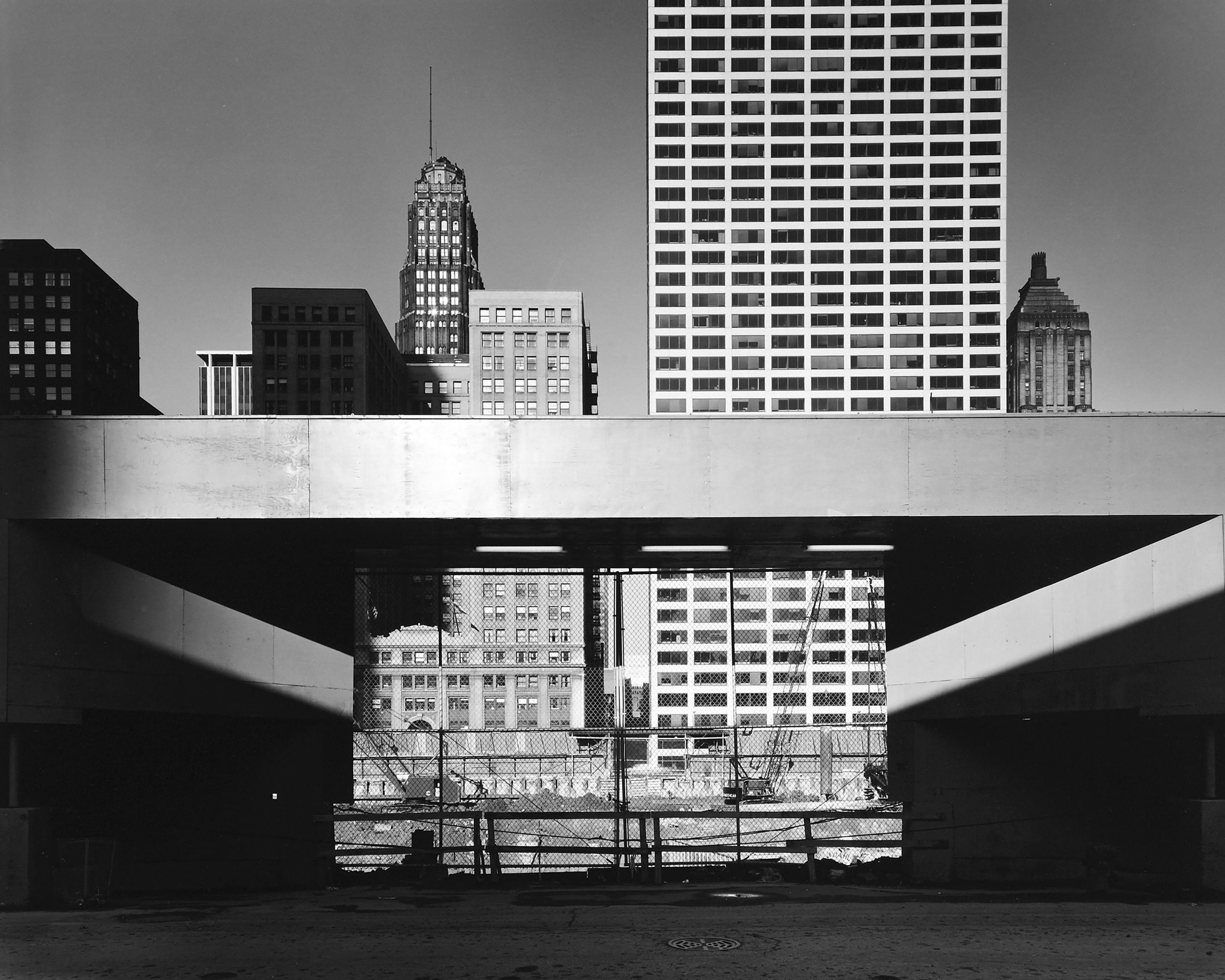
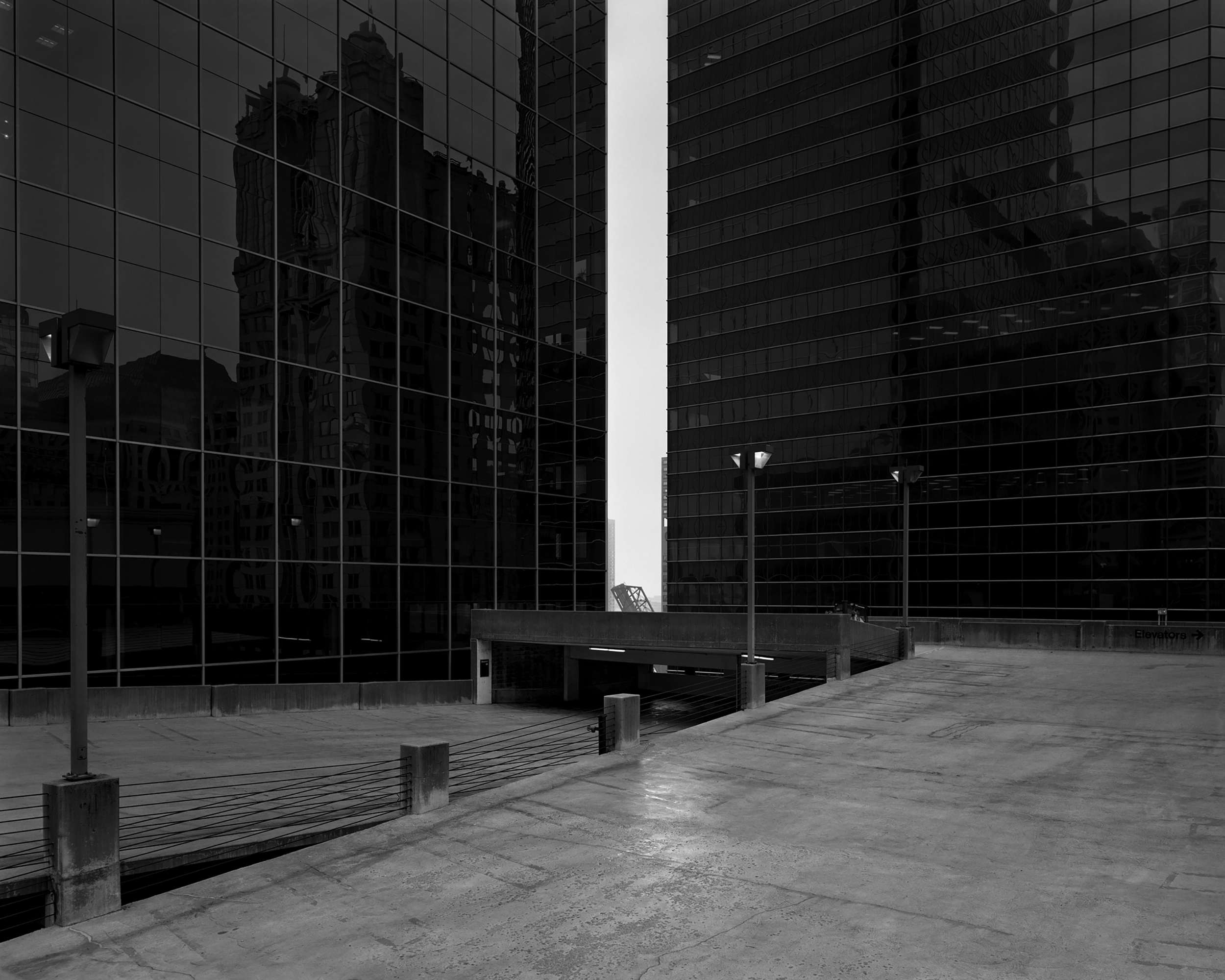
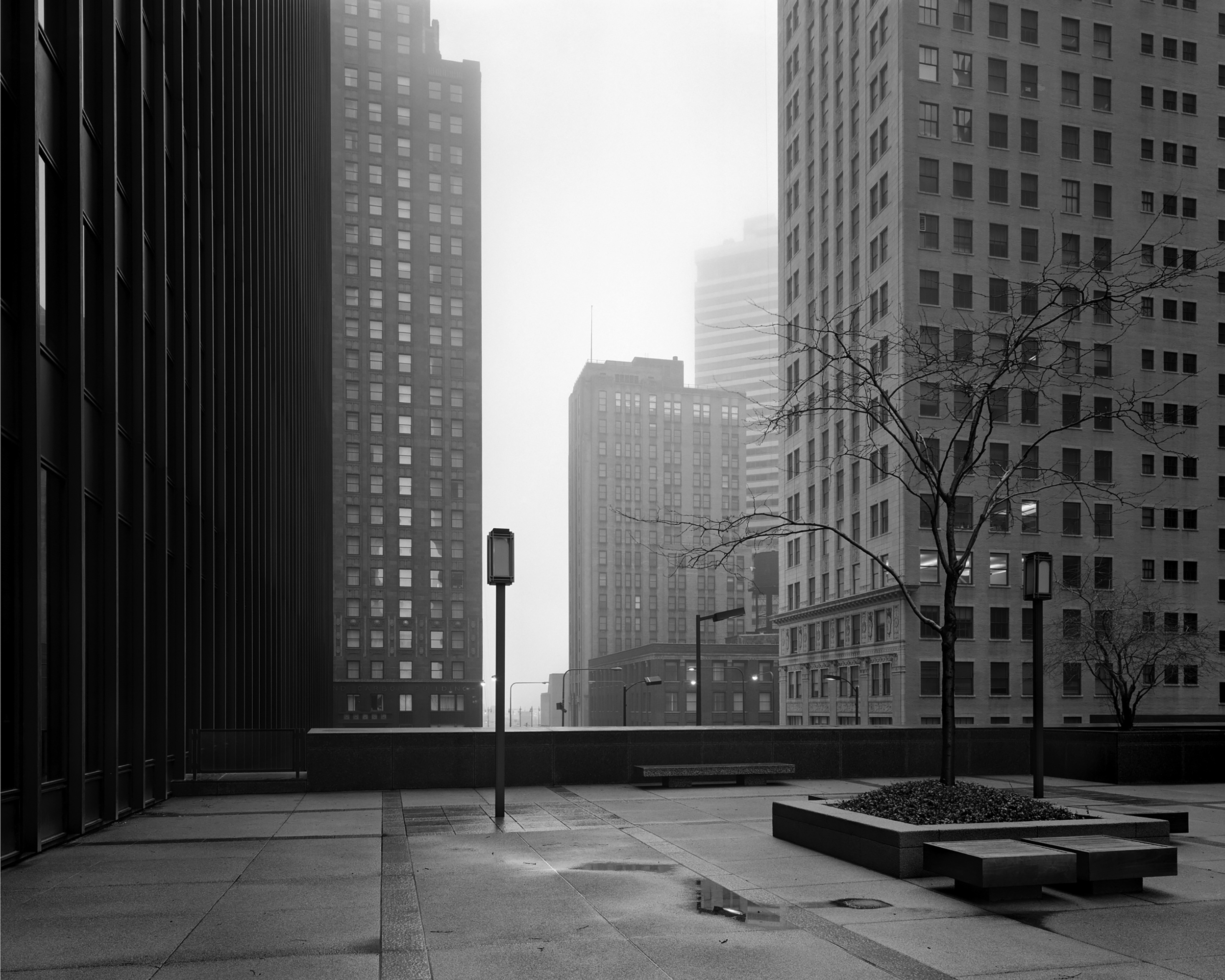
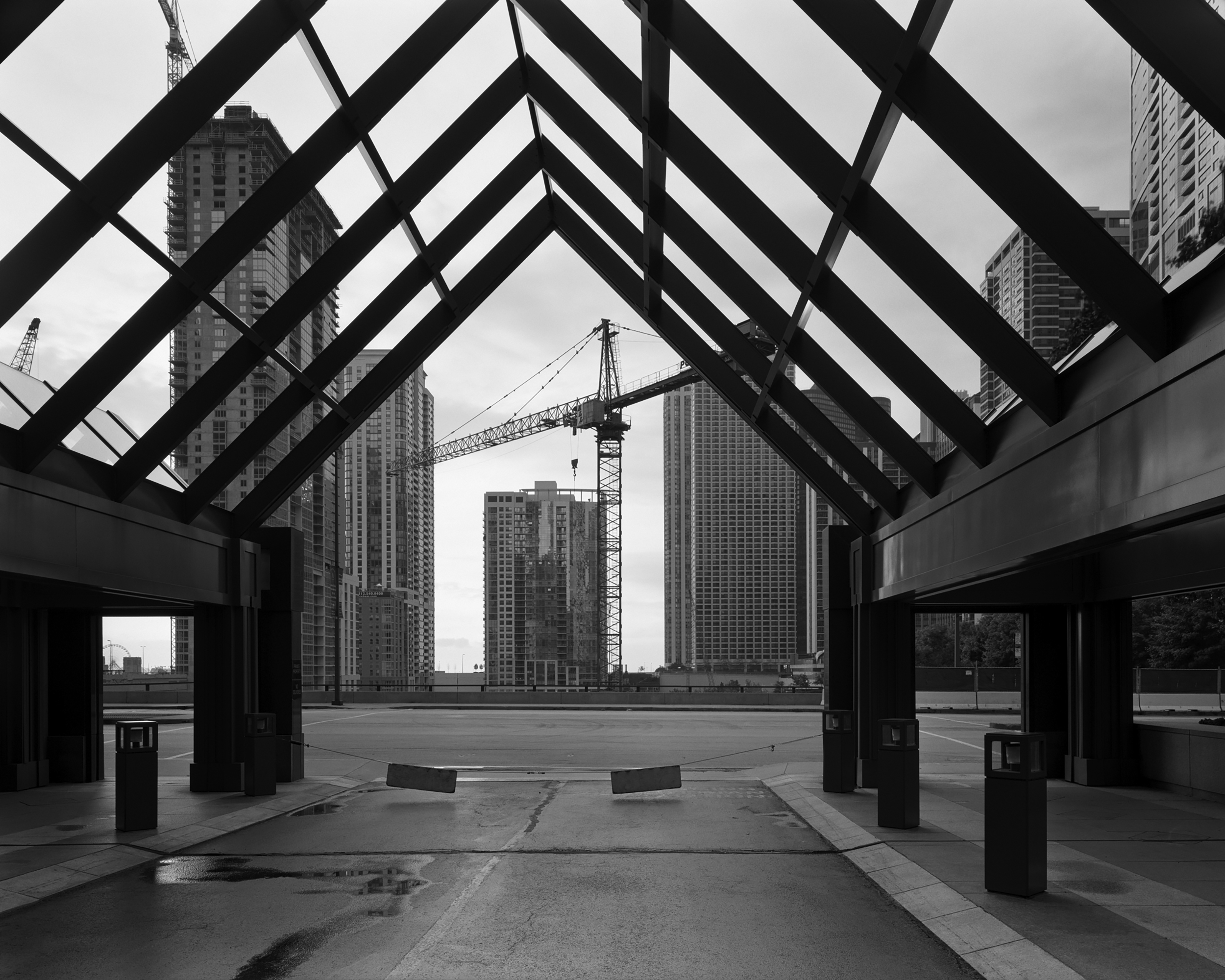
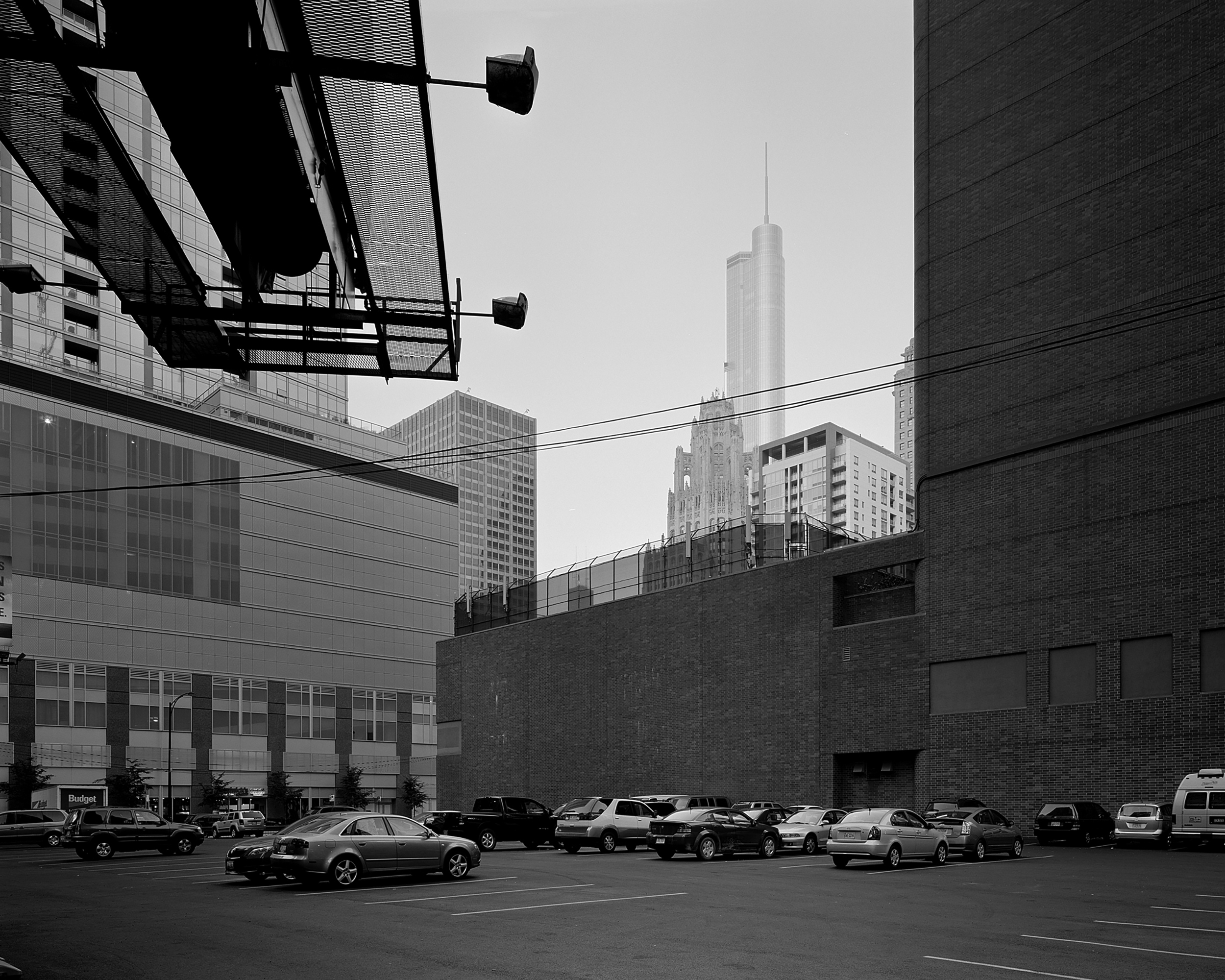
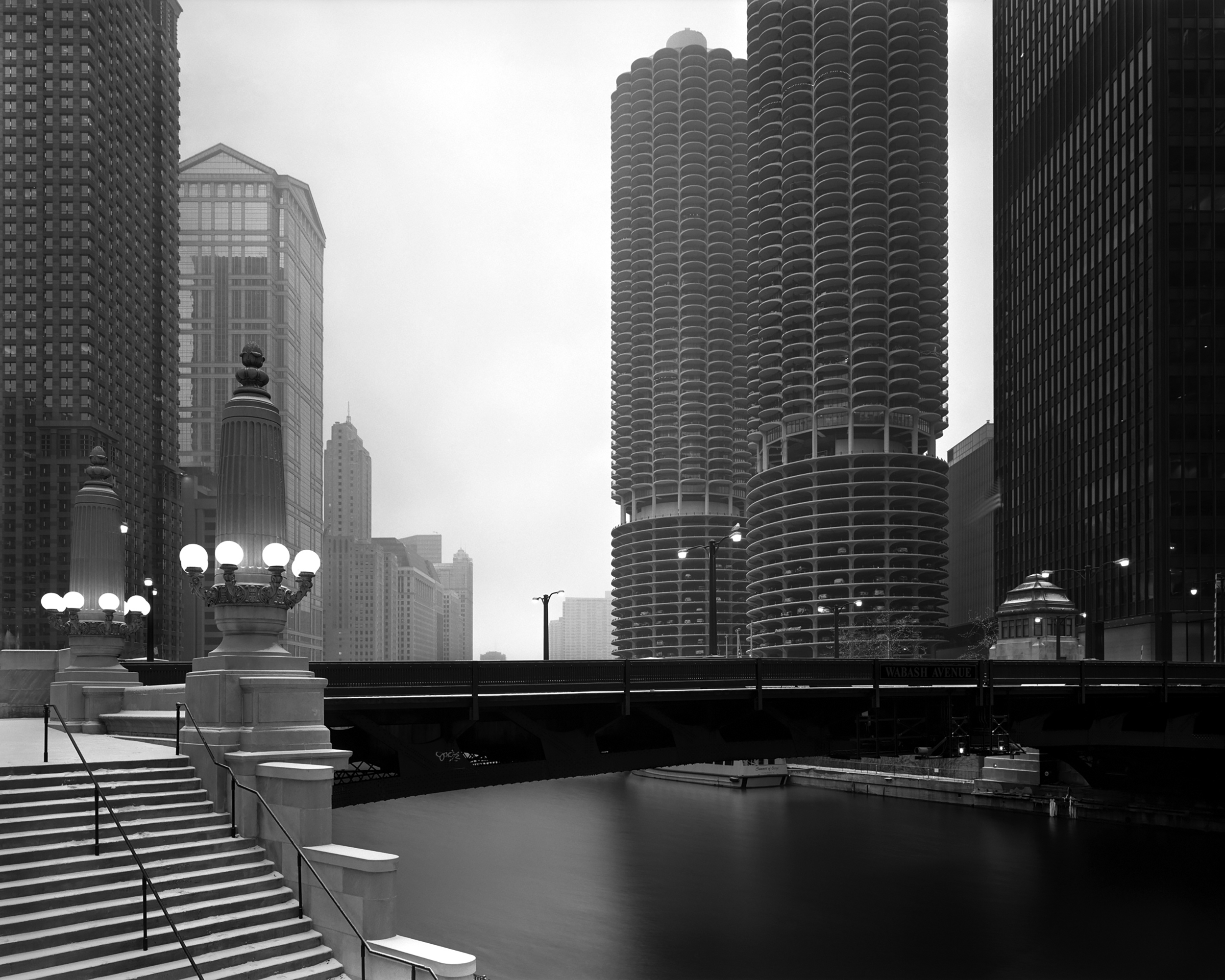
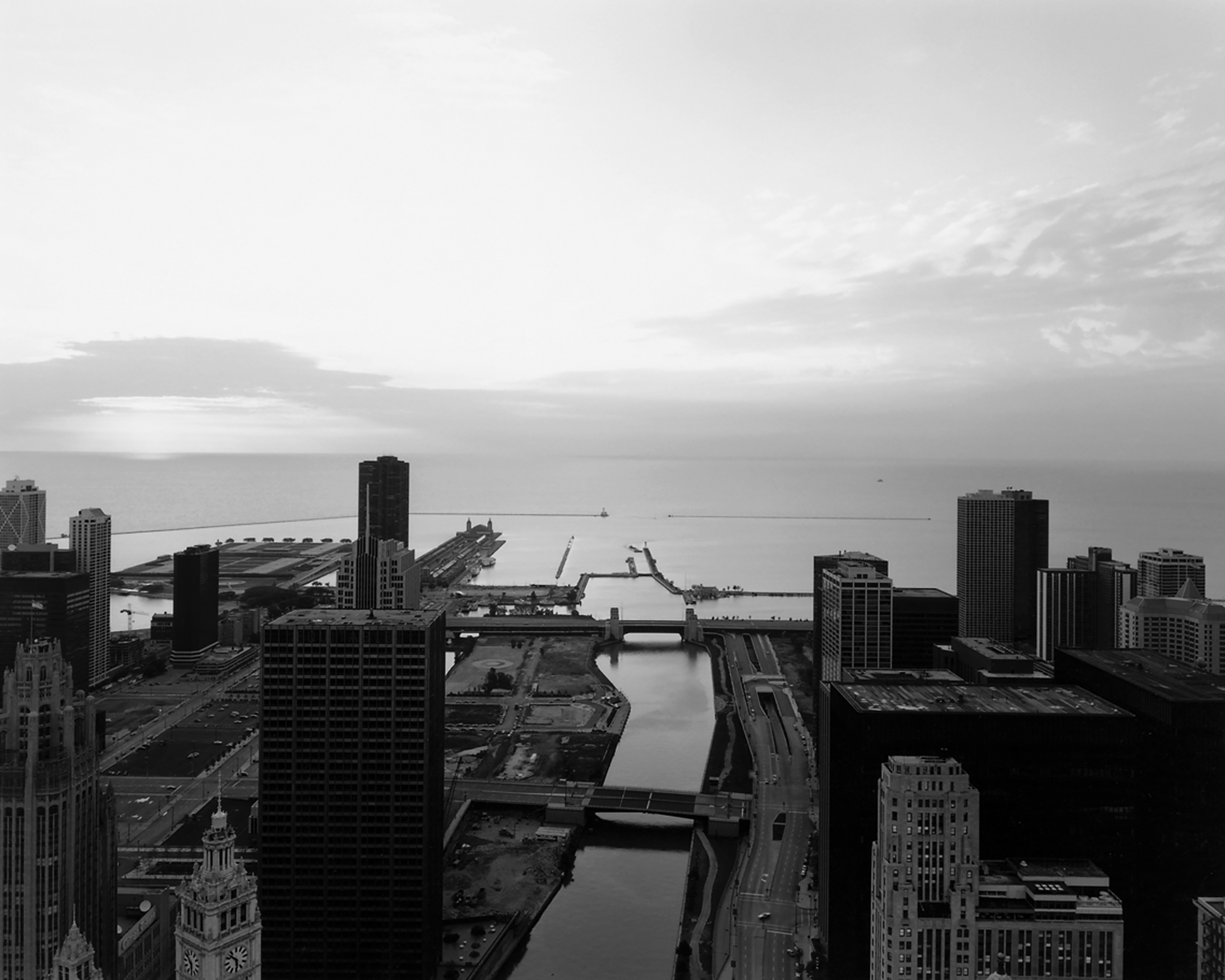
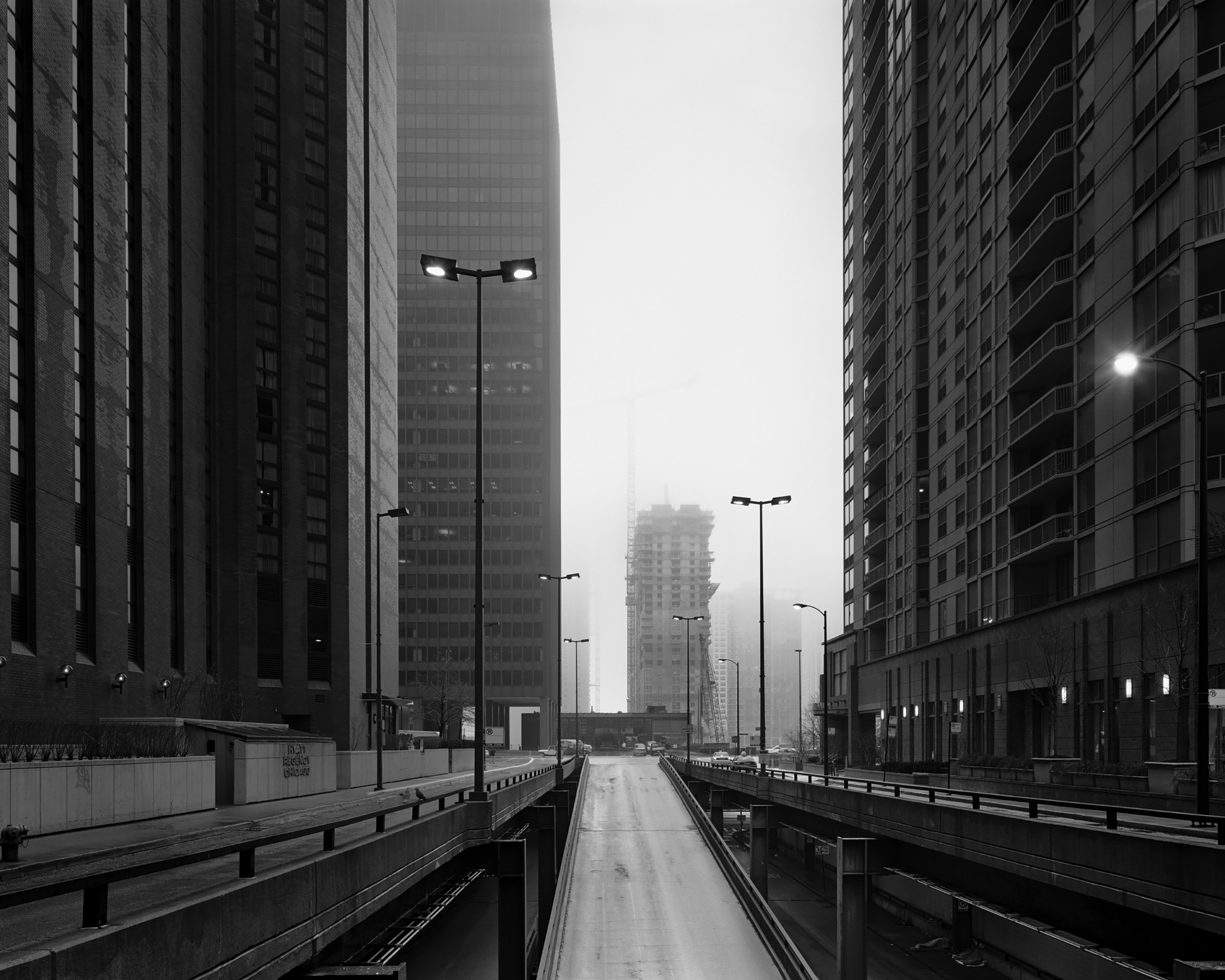
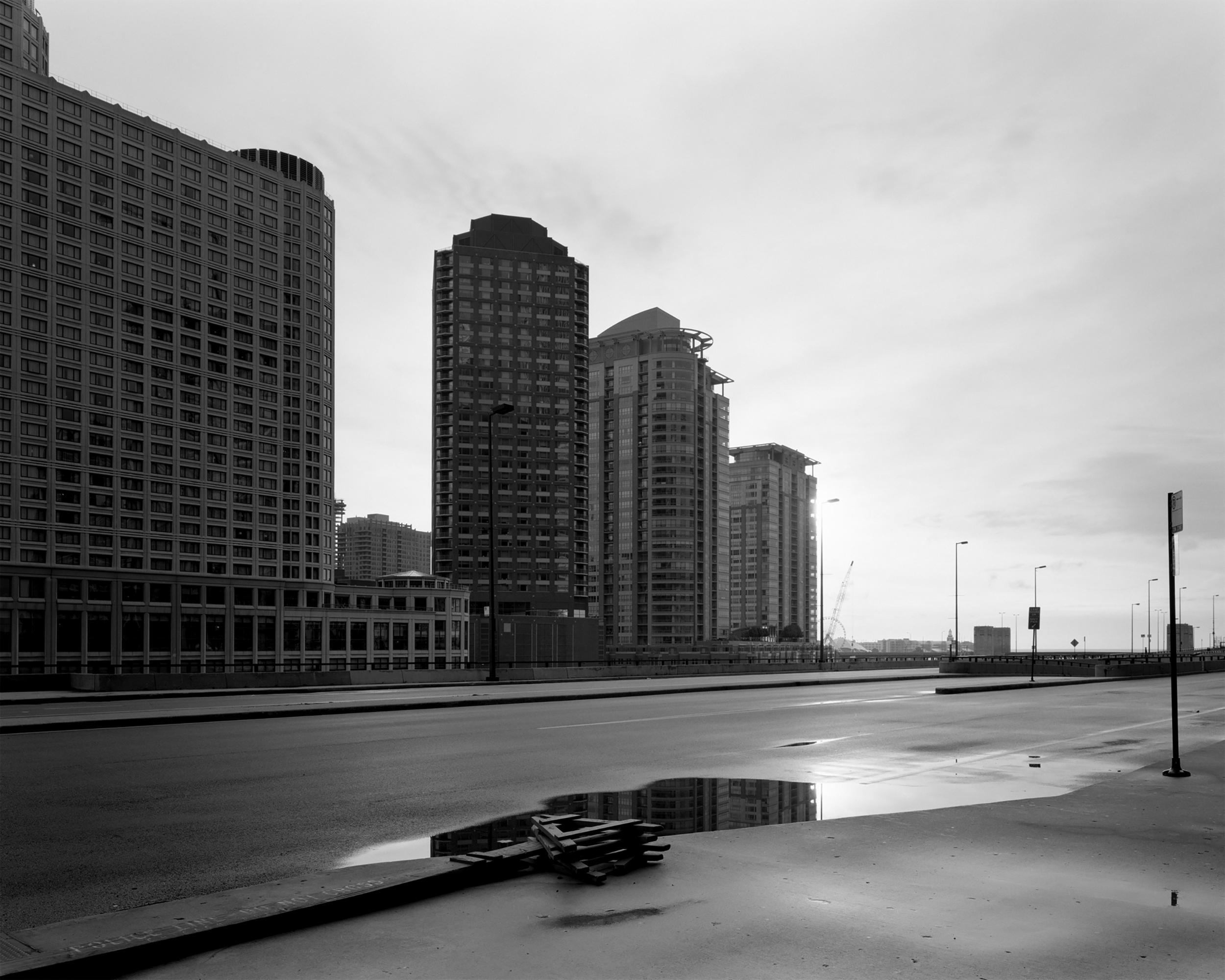
Lieu: Chicago, USA
Text: Bob Thall, The Perfect City, 1994
Publié: Février 2020
Catégorie: Photographie
Source